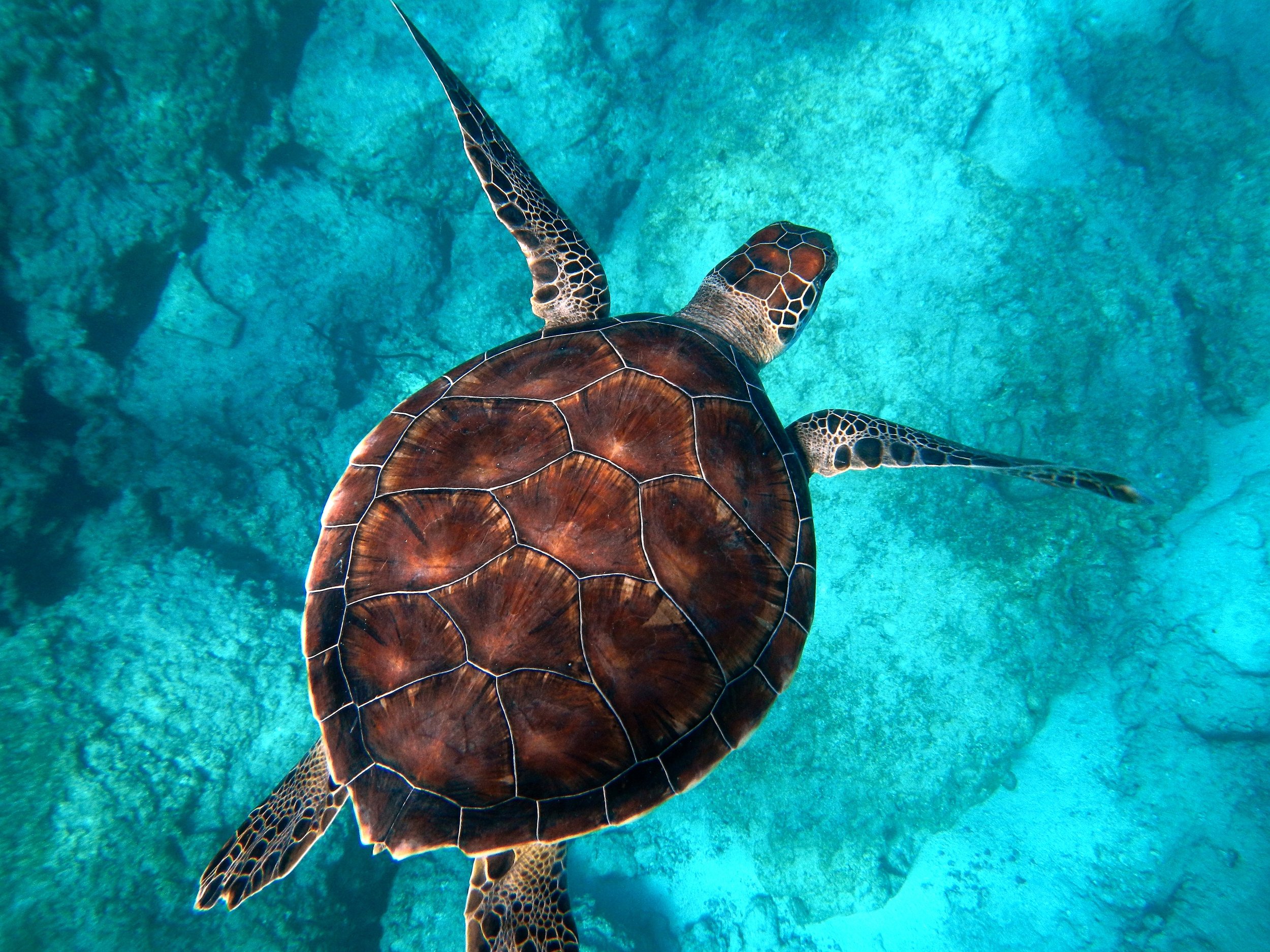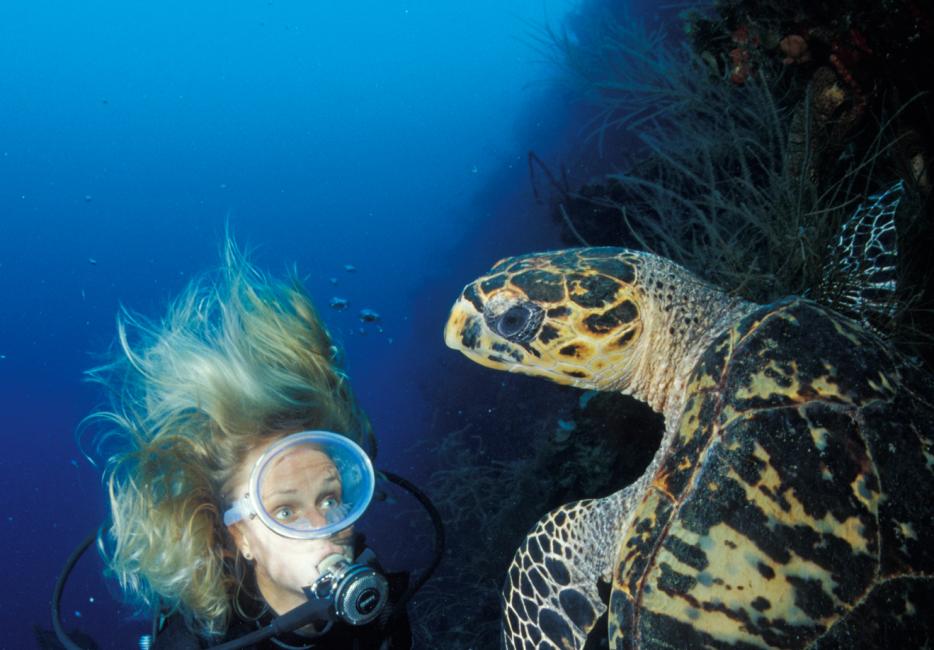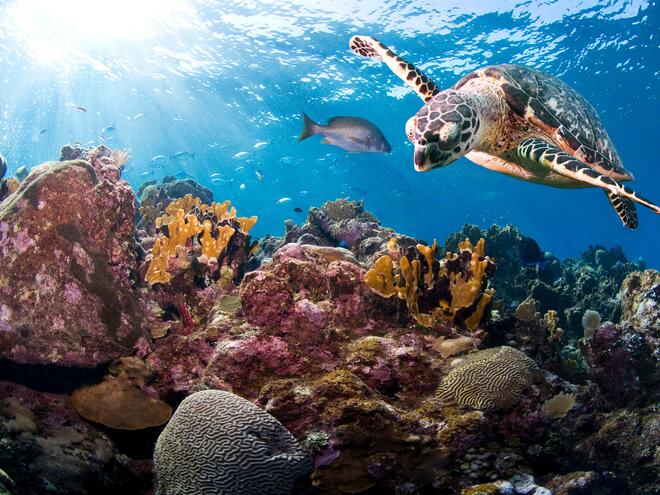Sea turtles help the ecosystem by maintaining healthy seagrass beds and controlling jellyfish populations. These reptiles are crucial in balancing marine ecosystems as they feed on jellyfish, preventing overpopulation that could disrupt the food chain.
Additionally, sea turtle eggs contribute essential nutrients to the beach environment, supporting the growth of dune vegetation. Their presence also aids in the cycling of nutrients and promotes biodiversity in coastal areas. By protecting sea turtles, we can help ensure the resilience and stability of marine ecosystems worldwide.
These magnificent creatures play a vital role in maintaining the health and balance of our oceans, making their conservation crucial for the preservation of marine biodiversity.
The Importance Of Sea Turtles
Keystone Species
Sea turtles play a crucial role in maintaining the health of marine ecosystems.
Ecosystem Balance
They help control populations of jellyfish and other prey species, preventing overpopulation.

Sea Turtles’ Role In Marine Habitats
Sea turtles play a crucial role in maintaining the balance and health of marine habitats. Their presence influences the overall well-being of the ecosystem, making them an essential species in the oceanic environment.
Seagrass Grazers
Sea turtles act as vital grazers for seagrass beds, which are essential marine habitats. They help in controlling the growth of seagrass, ensuring the health and diversity of this crucial ecosystem. By consuming seagrass, sea turtles contribute to the maintenance of the balance within these habitats.
Coral Reef Maintenance
Sea turtles play a significant role in the maintenance of coral reefs. As they forage for food, they help to control the population of certain species that can otherwise overgraze on the reef. Additionally, their feeding activities contribute to nutrient cycling, which is essential for the overall health of coral reef ecosystems.
Impact On Food Chain
Sea turtles play a crucial role in the ecosystem by maintaining the balance of the food chain. They help control the population of jellyfish and seagrass, which in turn affects the organisms that depend on them. Without sea turtles, the ecosystem could suffer from an overgrowth of jellyfish, leading to a decrease in fish populations.
Sea turtles have an important role in maintaining a healthy marine ecosystem. One of their significant contributions is their impact on the food chain. Let’s explore in detail how sea turtles affect the food chain.
Predator-prey Relationships
Sea turtles are essential predators in the marine food chain. They feed on jellyfish, sponges, crabs, and other small marine creatures. They also consume seagrass, which helps maintain the health of seagrass beds. Furthermore, sea turtles are a food source for larger predators such as sharks and killer whales. Thus, sea turtles play a crucial role in maintaining the balance of predator-prey relationships in the marine ecosystem.
Biodiversity Support
Sea turtles help support biodiversity in the marine ecosystem. They consume various species of marine creatures, which helps regulate their populations. By regulating the population of some species, sea turtles indirectly create opportunities for other species to thrive. In addition, sea turtles themselves provide a habitat for other marine creatures such as barnacles and algae. This symbiotic relationship helps to maintain a healthy and diverse ecosystem.
In conclusion, sea turtles play a vital role in the marine ecosystem, and their impact on the food chain is significant. By regulating predator-prey relationships and supporting biodiversity, they help maintain a healthy and balanced ecosystem. It is crucial to protect and conserve sea turtle populations to ensure the long-term health of our oceans.

Contribution To Beach Ecosystems
Sea turtles play a crucial role in maintaining the balance of beach ecosystems. Their presence and activities contribute to the overall health and sustainability of these environments. Let’s explore how sea turtles impact beach ecosystems through their nesting sites and their role in sand dune formation.
Nesting Sites
Sea turtles provide nesting sites for a variety of organisms. Their presence creates a suitable environment for the development of microorganisms and plants. These nesting sites serve as vital habitats for small animals and insects, promoting biodiversity in beach ecosystems.
Sand Dune Formation
Sea turtles contribute to the formation and maintenance of sand dunes. When they nest on beaches, they disturb the sand, creating mounds that eventually develop into dunes. These dunes act as a natural barrier against erosion and protect the coastline from the impact of storms and tides. Additionally, the presence of sand dunes provides a habitat for specialized plant species that are essential for stabilizing the ecosystem.
Conservation Efforts
Conservation efforts play a crucial role in the protection and preservation of sea turtles, which in turn contributes to the balance and health of the marine ecosystem. By understanding the threats faced by sea turtles and the measures taken to protect them, we can actively contribute to their conservation.
Threats To Sea Turtles
Sea turtles face numerous threats that endanger their survival, including habitat destruction, climate change, pollution, and illegal poaching. These factors disrupt their nesting sites and feeding grounds, leading to a decline in their populations.
Protection Measures
Several protection measures are being implemented to safeguard sea turtles and their habitats. These include establishing marine protected areas, implementing fishing regulations to prevent accidental capture, and promoting public awareness and education about the importance of sea turtle conservation.

Conclusion
Sea turtles play a crucial role in balancing marine ecosystems. Their presence helps maintain healthy coral reefs and seagrass beds, supporting a diverse range of marine species. By protecting sea turtles, we are safeguarding the health of our oceans and the delicate balance of nature.
Let’s continue to cherish and protect these magnificent creatures for future generations.





Leave a Reply